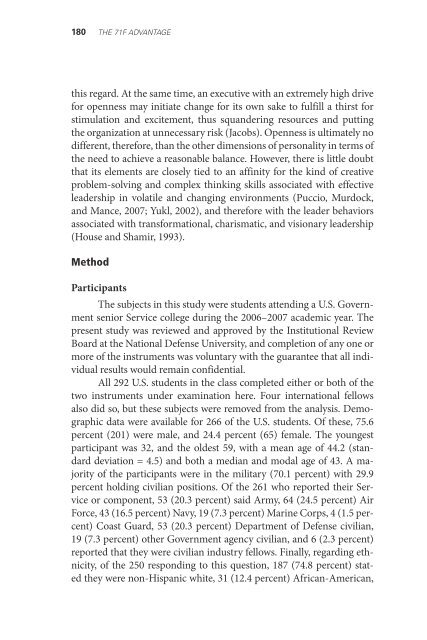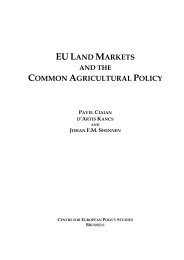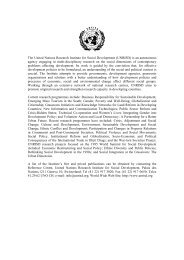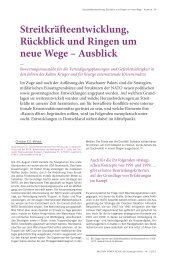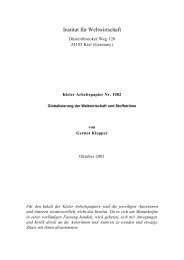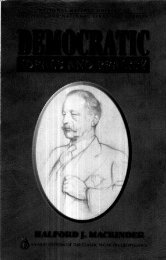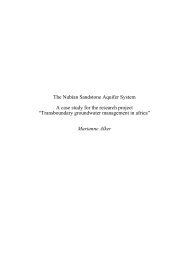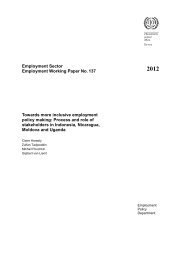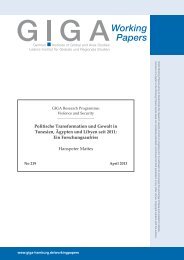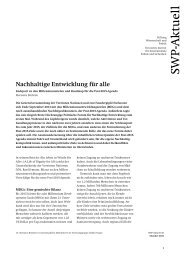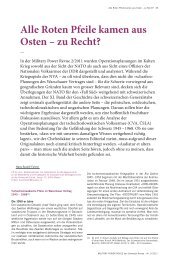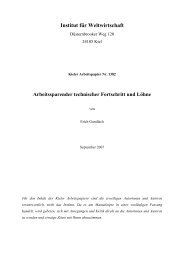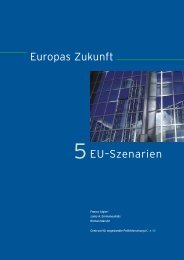Understanding and Measuring Creative Thinking in Leaders
Understanding and Measuring Creative Thinking in Leaders
Understanding and Measuring Creative Thinking in Leaders
Create successful ePaper yourself
Turn your PDF publications into a flip-book with our unique Google optimized e-Paper software.
180 THE 71F ADVANTAGEthis regard. At the same time, an executive with an extremely high drivefor openness may <strong>in</strong>itiate change for its own sake to fulfill a thirst forstimulation <strong>and</strong> excitement, thus squ<strong>and</strong>er<strong>in</strong>g resources <strong>and</strong> putt<strong>in</strong>gthe organization at unnecessary risk (Jacobs). Openness is ultimately nodifferent, therefore, than the other dimensions of personality <strong>in</strong> terms ofthe need to achieve a reasonable balance. However, there is little doubtthat its elements are closely tied to an aff<strong>in</strong>ity for the k<strong>in</strong>d of creativeproblem-solv<strong>in</strong>g <strong>and</strong> complex th<strong>in</strong>k<strong>in</strong>g skills associated with effectiveleadership <strong>in</strong> volatile <strong>and</strong> chang<strong>in</strong>g environments (Puccio, Murdock,<strong>and</strong> Mance, 2007; Yukl, 2002), <strong>and</strong> therefore with the leader behaviorsassociated with transformational, charismatic, <strong>and</strong> visionary leadership(House <strong>and</strong> Shamir, 1993).MethodParticipantsThe subjects <strong>in</strong> this study were students attend<strong>in</strong>g a U.S. Governmentsenior Service college dur<strong>in</strong>g the 2006–2007 academic year. Thepresent study was reviewed <strong>and</strong> approved by the Institutional ReviewBoard at the National Defense University, <strong>and</strong> completion of any one ormore of the <strong>in</strong>struments was voluntary with the guarantee that all <strong>in</strong>dividualresults would rema<strong>in</strong> confidential.All 292 U.S. students <strong>in</strong> the class completed either or both of thetwo <strong>in</strong>struments under exam<strong>in</strong>ation here. Four <strong>in</strong>ternational fellowsalso did so, but these subjects were removed from the analysis. Demographicdata were available for 266 of the U.S. students. Of these, 75.6percent (201) were male, <strong>and</strong> 24.4 percent (65) female. The youngestparticipant was 32, <strong>and</strong> the oldest 59, with a mean age of 44.2 (st<strong>and</strong>arddeviation = 4.5) <strong>and</strong> both a median <strong>and</strong> modal age of 43. A majorityof the participants were <strong>in</strong> the military (70.1 percent) with 29.9percent hold<strong>in</strong>g civilian positions. Of the 261 who reported their Serviceor component, 53 (20.3 percent) said Army, 64 (24.5 percent) AirForce, 43 (16.5 percent) Navy, 19 (7.3 percent) Mar<strong>in</strong>e Corps, 4 (1.5 percent)Coast Guard, 53 (20.3 percent) Department of Defense civilian,19 (7.3 percent) other Government agency civilian, <strong>and</strong> 6 (2.3 percent)reported that they were civilian <strong>in</strong>dustry fellows. F<strong>in</strong>ally, regard<strong>in</strong>g ethnicity,of the 250 respond<strong>in</strong>g to this question, 187 (74.8 percent) statedthey were non-Hispanic white, 31 (12.4 percent) African-American,


